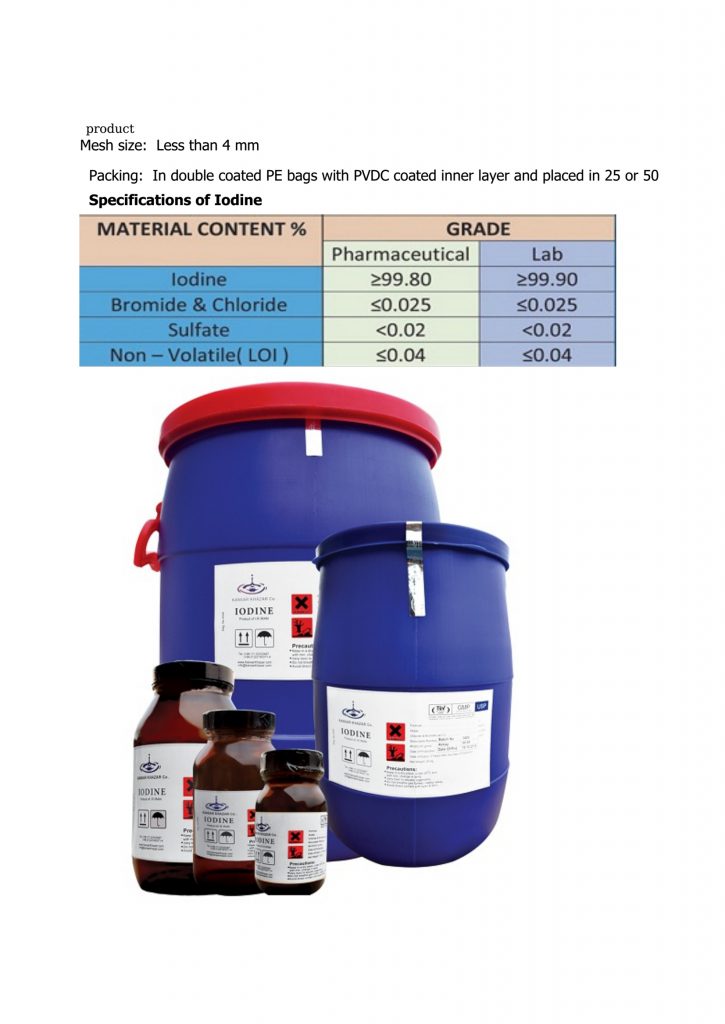
Iodine is found in oceans and brine pools. It is soluble in chloroform, carbon tetrachloride, or carbon disulfide but is only slightly #soluble in #water. #Iodine derivatives are widely used in medical treatment of iodine deficiency related diseases such as Goiter. Iodides and thyroxine mixed with #alcohol produce tincture of iodine which is the most favored disinfectant and is widely used in surgeries and treatment of external wounds. #Potassium #iodide is used in photography and tungsten iodide in #production of light bulbs.
Iodine has 30 isotopes out of which only I-127 is stable. Its I-131 isotope with a half life of 8 days is used in treatment of cancer and thyroid #diseases. I-125 has a half life of 59 days and is used a source of Gamma ray used to kill tumors. I-123 with a half life of only 13 hours is the choice isotope of nuclear medicine imaging of the thyroid gland. Non radioactive potassium iodide is used to saturate the thyroid gland with iodine and hence protect it against I-131 generated by #nuclear fission.
Iodine is one of the most scarce elements on #earth. It is found in small quantities in rocks, soil, plant and the oceans and seas. The first successful manufacturing of Iodine was from seaweed in 1817. #Seaweed was dried, burned and separated to obtain potassium iodine. This scheme is no longer practiced. It is now extracted from brine or from caliche ore deposits.

